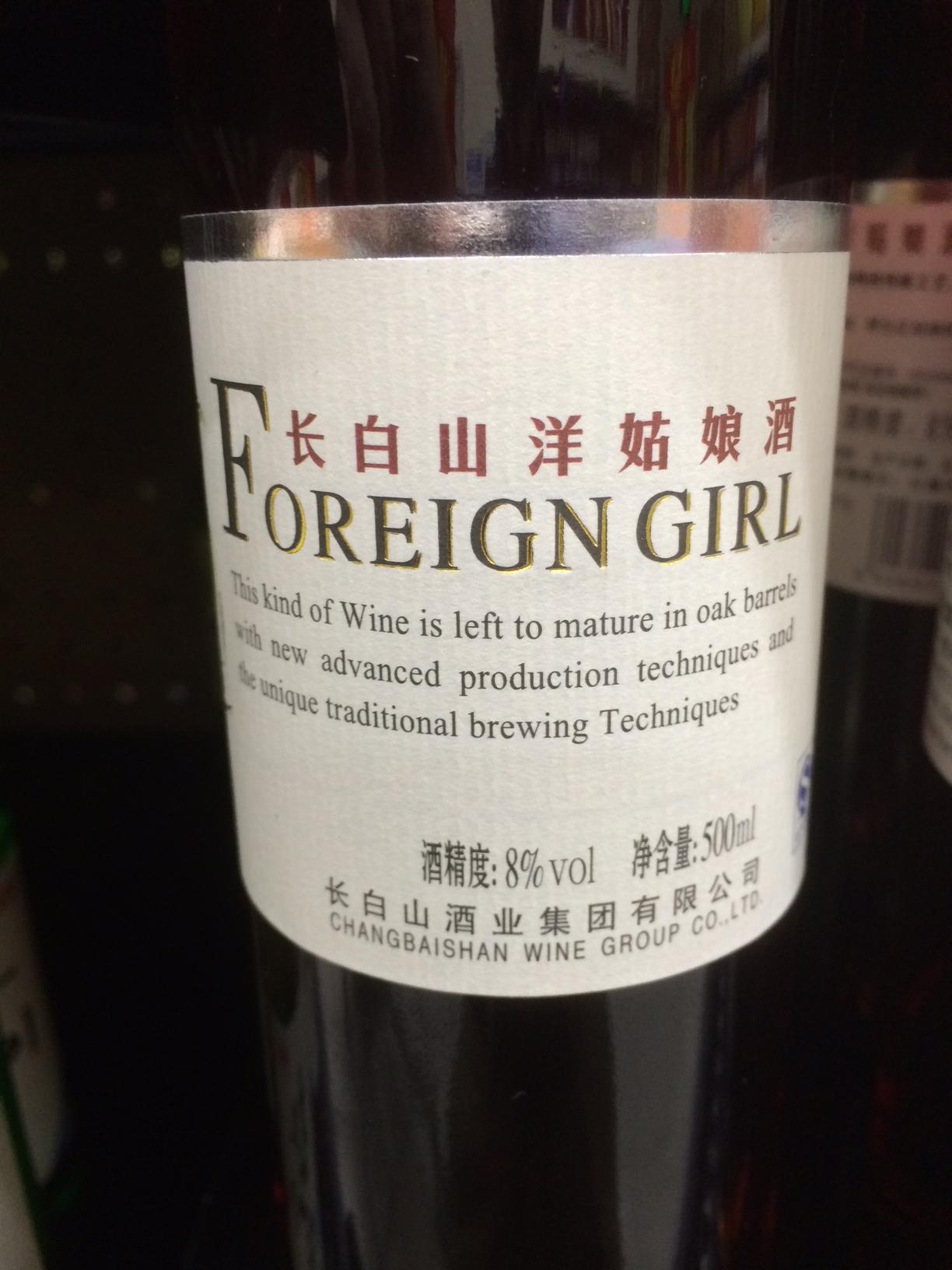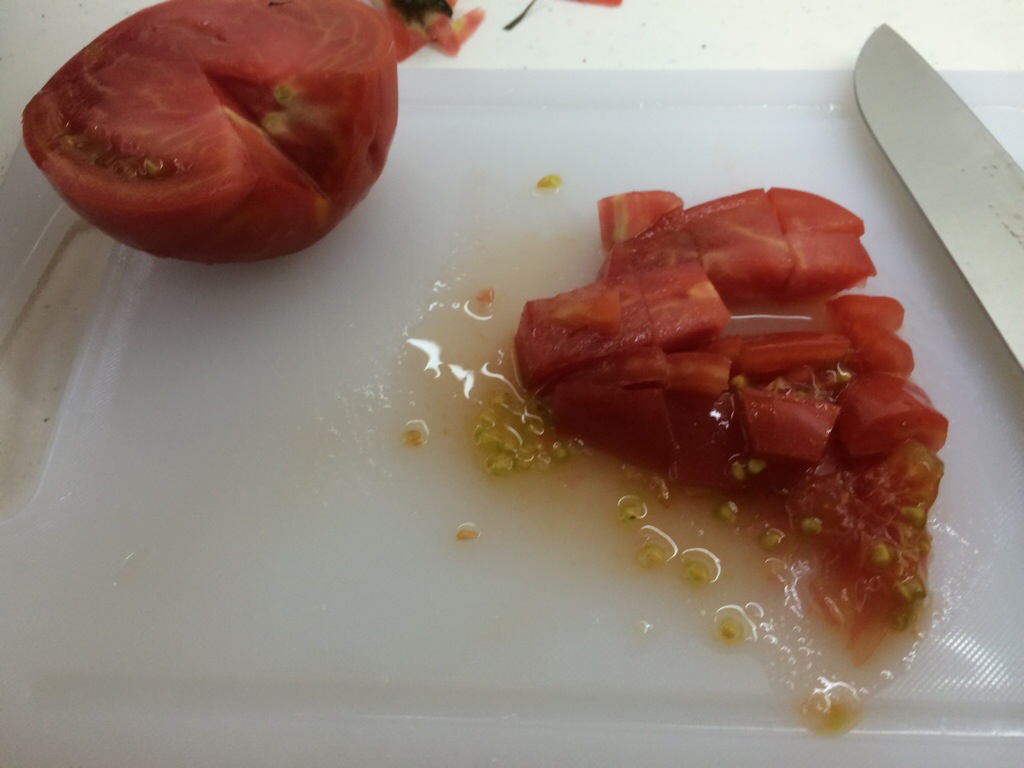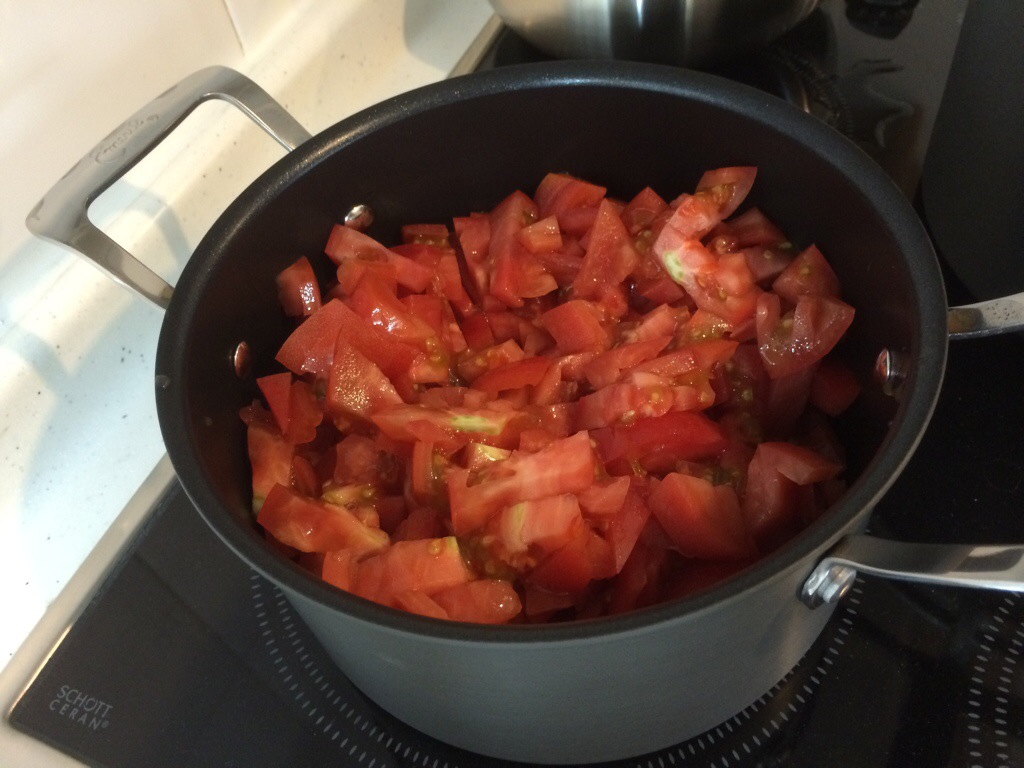Author: Den Hoopingarner
Cool or horrifying? I can’t decide which.
A store window caught my eye this morning.



The dream WTF continues
I dreamed I had lunch with Pres. George W. Bush. Karl Rove refused to eat with me. We ate barbecue and talked about his recent trip to China.
He observed that since he had been in Guangzhou and I was in Shenyang, that we could have met for lunch in China (look on a map of China to see the massive WTF with that observation).
That’s it. No more late-night snacks for me right before bed.
The summer busy season is here
Summer is the time for vacations, and a lot of Chinese people want to vacation in the U.S. I heard that the average Chinese tourist spends more on a U.S. vacation than the average foreign tourist does. Tourism is good for the American economy in general, and Chinese tourism is very good for the American economy.
Here’s where it gets complicated: every person who wants to visit the U.S. needs a visa. The current law requires that every person who wants a visa must be interviewed by a consular officer (like me) at a U.S. embassy or consulate. So, during the summer travel season, we consular officers are very busy with visa interviews. Since we are a relatively small consulate, we “only” do between 400 and 600 interviews a day, among the officers. We are expected to average about 80-100 interviews per person per day.
Tourists aren’t the only ones applying for visas. College students are also getting ready to go to the U.S. to study in American universities (also very good for the American economy). In addition to tourists, we are also busy interviewing college students who need their student visas. Those interviews are a little easier, because they usually speak good English. Tourist visa interviews, on the other hand, are almost always done in Chinese.
We do visa interviews in the mornings, but our work doesn’t end when we stop interviewing. There is additional paperwork and administrative processing that we have to do on visas. However, since we have such a large volume of visa applicants, we started doing interviews in the afternoons a few days a week. That added workload puts more pressure on the other services that we provide, such as serving American citizens in the consular area. We manage to get everything done (barely), but we have to multitask, help each other, and work as fast as we can. It’s a high-pressure work environment, but I really like it. It helps to have good coworkers. The days go by quickly.
This afternoon we did a special outreach program: an online forum where people can ask questions about visas. Three consular officers, with the help of locally engaged staff members, fielded questions from people in the area. The participants were asking questions in Chinese, and we answered in Chinese. The local staff helped the officers read the questions. We answered the questions in our rough Chinese, and the local staff cleaned up our grammar and typed our answers. The session only lasted for an hour, and it was a lot of fun. I can’t wait to do it again.
The summer season is busy, and a there’s a lot of pressure to get everything done, but I’m really enjoying my work.
Life is good.
I cook
I was craving some Indian food, and was itching to try my new rice cooker, and I wanted to make “truck stop beans.” The problem was finding kidney beans. Not surprisingly, kidney beans are hard to find in China. I went to several grocery stores that sell imported foods, and completely struck out. Then, in the bulk food section of a local grocery store, I found something that looked similar enough to kidney beans that made me willing to try them.
After soaking for 24 hours, they looked a little less like kidney beans, but they still looked like a viable substitute.

Into the pot they went, to cook for about 90 minutes.
Other ingredients are easier to find. Onions, garlic, chili pepper are readily available in China, and quite cheap. The fresh produce was very very cheap. The ginger and chili peppers together cost me only about 20¢.
My recipe calls for canned tomatoes, of course, but canned tomatoes are not available in China. Fresh tomatoes, on the other hand, are! These four huge, fresh tomatoes cost about 75¢.
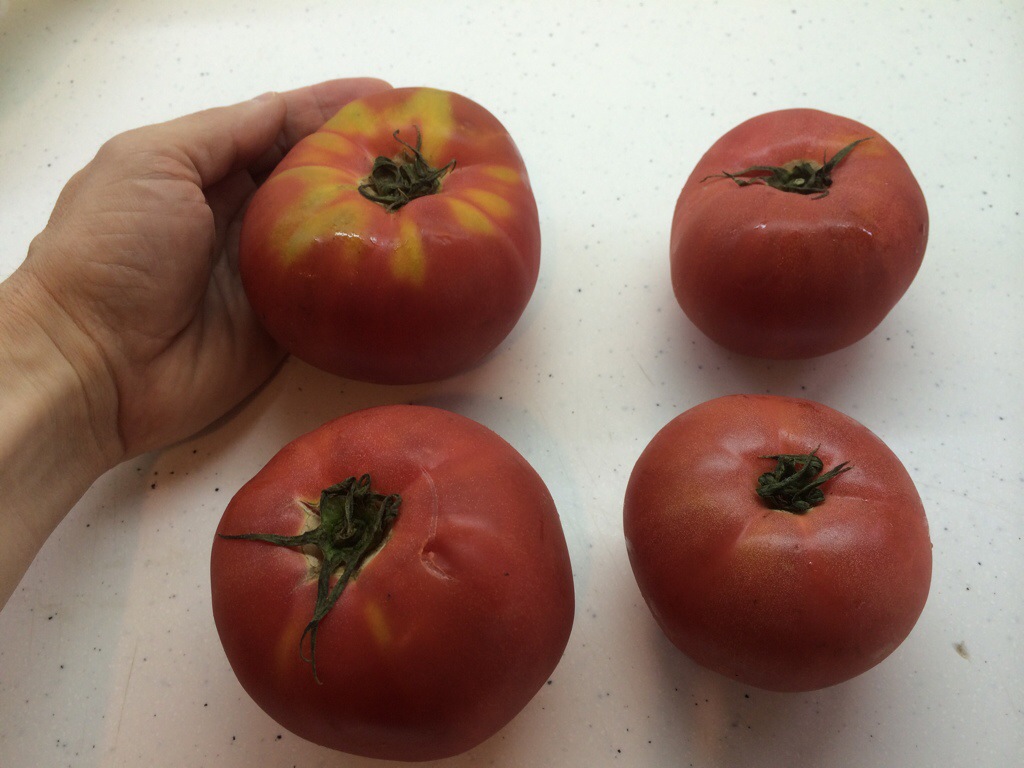
To make stewed tomatoes, of course I had to dice and stew the tomatoes. Piece of cake.
After about 30 minutes of stewing, I had beautiful, stewed tomatoes.
The beans were fully cooked after about 90 minutes. They looked even less like kidney beans at this point, but they had a rich, meaty flavor. I was sure that they would taste good in my curry.

This next step is optional, and I plan to leave it out next time. This step involves draining the beans into the sink, then having the drainpipe under your sink coming loose from the drainage system, and all of the bean water flowing onto the kitchen floor. An unnecessary part of the process.

I diced the onions, garlic, ginger, hot pepper, and cooked them thoroughly.

Added the tomato and beans, then added the various Indian spices that I brought with me from America (also not available in this part of China, not surprisingly).

Meanwhile, I cooked up some rice in my rice cooker. The rice cooker worked beautifully, and the rice turned out great.
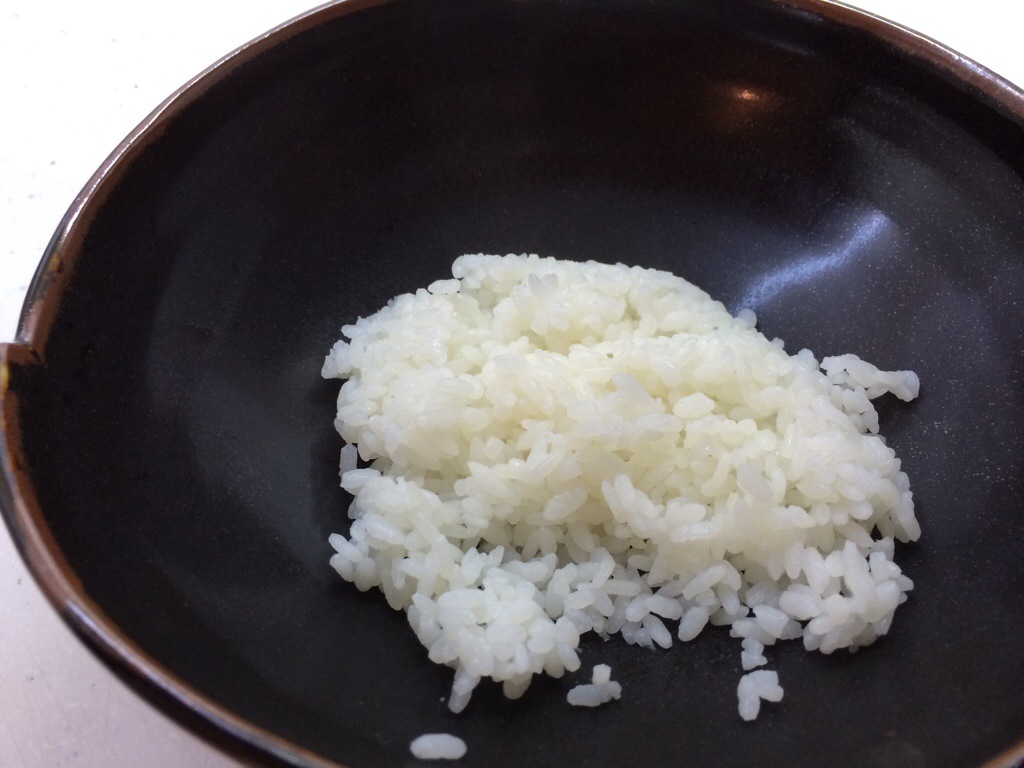
A big helping of rice in the big bowl that my wife made, a generous scoop of the curry on top, and you’ve got some good eats. I was right about the beans. They have a nice flavor, good bite, and worked well in the curry.
Next time, if I can find cheddar cheese, I will try to make Cuban black beans with the dried black beans that I also found at the grocery store.


